Many dog owners have wondered whether they are their furry friend's favorite human. It's a common question that often arises when a dog seems to show more affection or loyalty towards one person in the household. But is there any truth to this notion, or is it simply a myth?
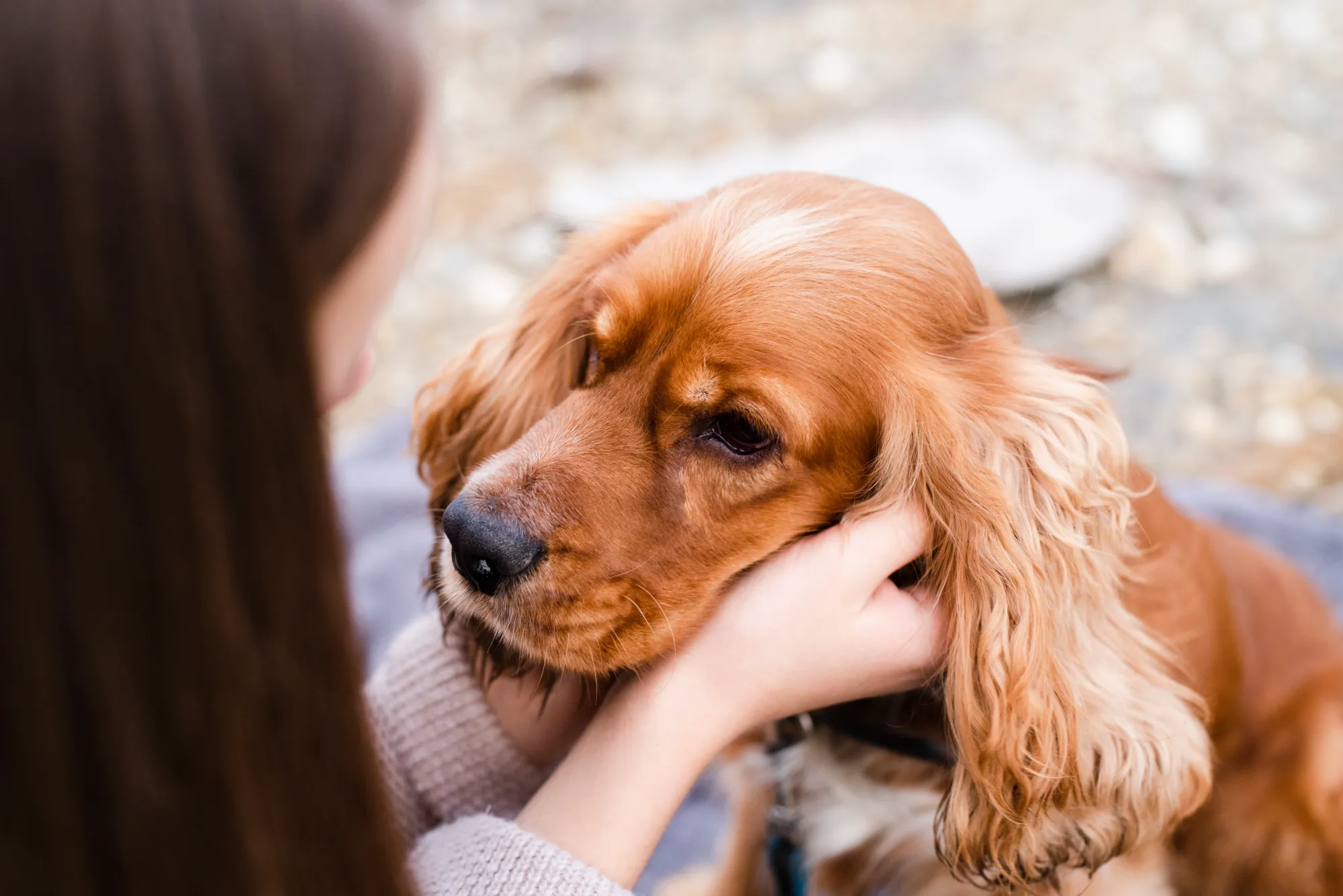
Dogs are known for their ability to form strong attachments to their owners, and they are often referred to as "man's best friend." However, the idea that dogs have a favorite person is somewhat controversial. Some experts believe that dogs are capable of feeling love and affection towards multiple people, while others argue that dogs are more likely to form a deeper bond with one particular person. So, are you your dog's favorite human? Let's take a closer look at the science behind this question.
Understanding Canine Affection
Dogs are known for their unwavering loyalty and affection towards their owners. But how can you tell if you are your dog's favorite human? Understanding canine affection can help you decipher your furry friend's feelings towards you.
Signs of Affection
Dogs show affection in different ways, and it's essential to recognize these signs. One of the most common ways dogs show affection is by licking their owners. Licking is a way of showing love and affection, and it also helps dogs to bond with their owners.
Eye contact is another way dogs show affection. When a dog looks into your eyes, it releases oxytocin, the hormone responsible for bonding and trust. This hormone is also released when a mother dog looks at her puppies, which explains why dogs look at their owners with such affection.
Body language is another way dogs show affection. A wagging tail is a clear indication that your dog is happy to see you. A dog's tail can also show how they are feeling. A high and stiff tail indicates that the dog is alert and ready for action, while a low and wagging tail shows that the dog is relaxed and happy.
The Role of Oxytocin
Oxytocin is a hormone that plays a crucial role in the bond between dogs and their owners. When a dog looks into your eyes, it releases oxytocin, which creates a bond between the two of you. This hormone is also responsible for reducing stress and anxiety in both dogs and humans.
Studies have shown that oxytocin levels increase in both dogs and their owners when they spend time together. This hormone is released when you pet your dog, play with them, or even just talk to them. The more time you spend with your dog, the stronger the bond between you will become.
In conclusion, understanding canine affection can help you strengthen the bond between you and your furry friend. By recognizing the signs of affection and the role of oxytocin, you can create a loving and trusting relationship with your dog.
Factors Influencing Dog's Favorite Person
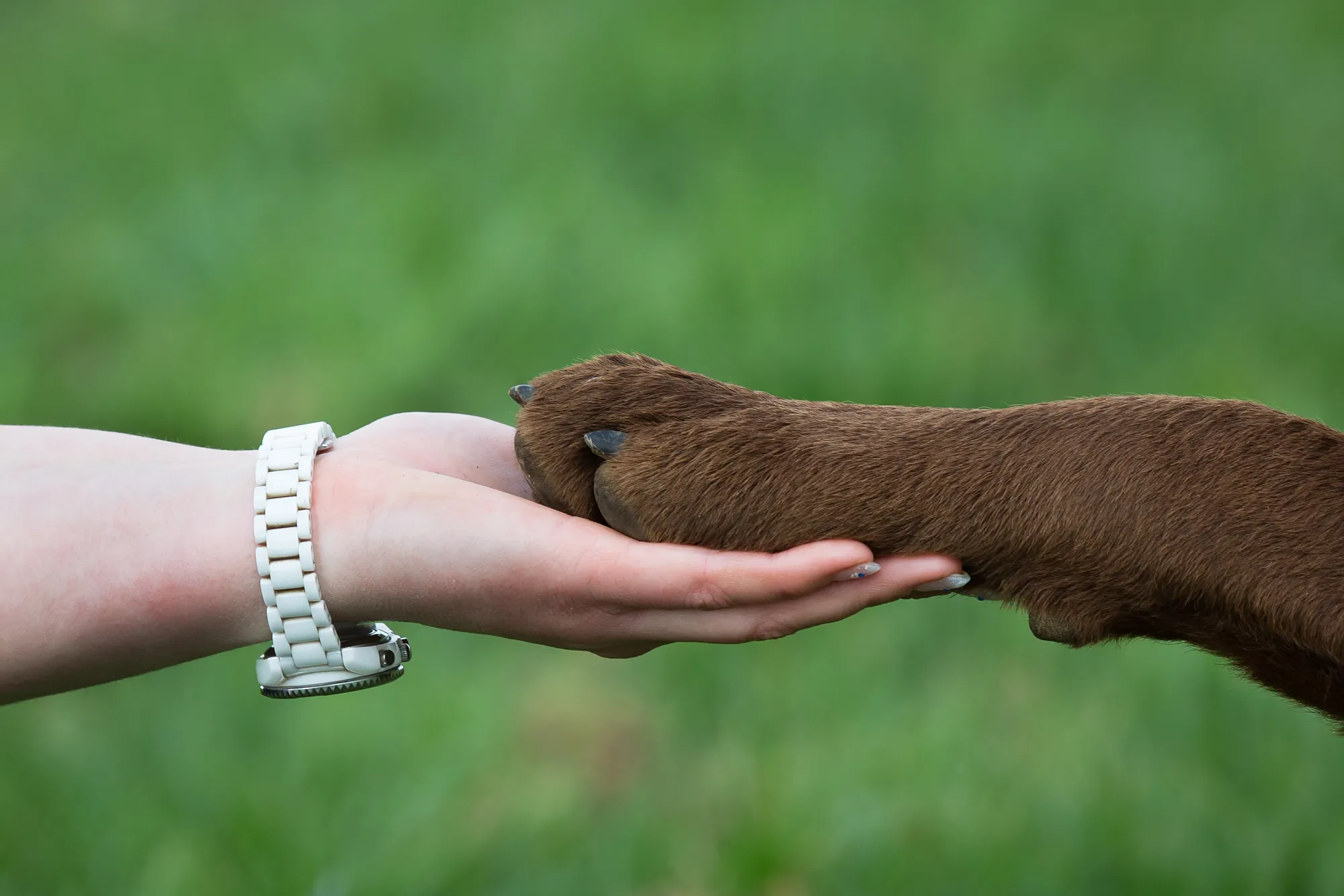
Dogs are known for their loyalty and affection towards their humans. However, have you ever wondered why your dog seems to have a favorite person? There are several factors that can influence a dog's preference for one person over another.
Caregiver Role
The primary caregiver of a dog often becomes their favorite person. This is because dogs rely on their caregivers for food, water, shelter, and medical care. The person who takes care of a dog's basic needs is often the one who forms the strongest bond with them.
Time Spent Together
The amount of time spent together is another important factor in a dog's favorite person. Dogs are social animals and crave attention and affection from their humans. The more time a person spends with their dog, the more likely they are to become the dog's favorite person.
Positive Interactions
Positive interactions between a dog and their human can also influence a dog's preference. Dogs enjoy playing, cuddling, and receiving treats from their humans. If a person engages in these activities with their dog frequently, they are more likely to become the dog's favorite person.
Personality and Energy Levels
A dog's personality and energy levels can also play a role in their favorite person. Dogs often prefer people who have a similar energy level to them. For example, a high-energy dog may prefer a person who enjoys playing and going on long walks, while a more laid-back dog may prefer a person who enjoys relaxing and cuddling.
In conclusion, several factors can influence a dog's favorite person, including their caregiver role, time spent together, positive interactions, and personality and energy levels. By understanding these factors, you can strengthen your bond with your furry friend and become their favorite person.
Building Positive Associations
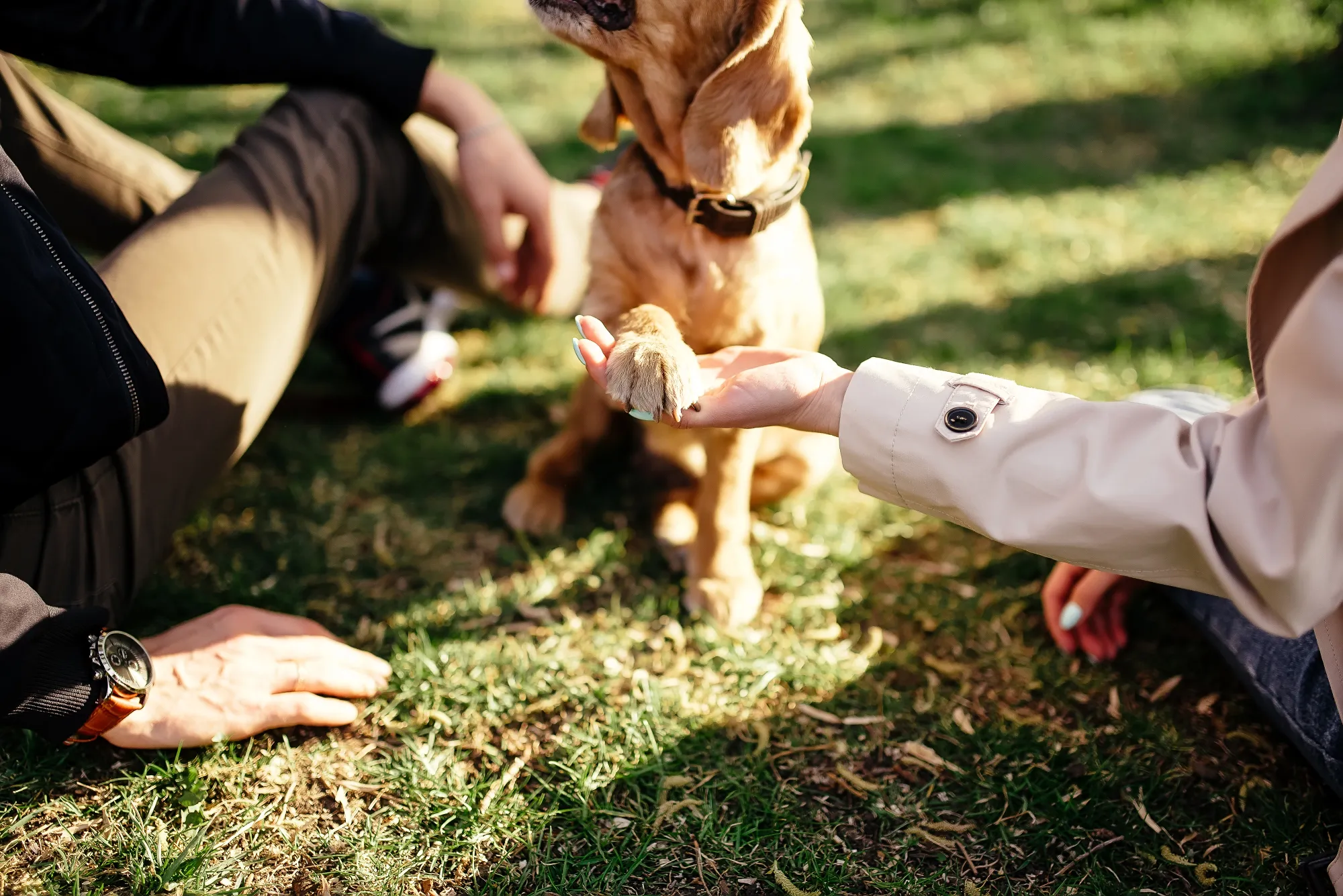
Creating a positive association is an essential part of building a strong bond between a dog and its owner. Positive associations can help a dog feel comfortable, happy, and secure in its environment. Here are some ways to build positive associations with your furry friend:
Key Socialization Period
The first few months of a dog's life are crucial for socialization. During this time, puppies are more open to new experiences and are more likely to form positive associations with people, other animals, and objects. It is essential to expose your puppy to a variety of experiences during this period, including different people, places, and sounds.
Consistent Positive Association
Consistency is key when it comes to building positive associations. Dogs thrive on routine and predictability, so it is essential to provide a consistent environment for your furry friend. Consistently providing positive experiences and rewards can help your dog form positive associations with you and its surroundings.
Family Member Bonding
Dogs are social animals and thrive on human interaction. Spending quality time with your dog can help strengthen your bond and build positive associations. Activities such as playing, training, and cuddling can all help create a positive association between you and your furry friend.
By focusing on building positive associations, owners can create a strong bond with their furry friends. Consistency, socialization, and quality time are all essential factors in building a positive relationship with your dog.
Interactive Activities to Become Favorite
To become your dog's favorite human, there are a few interactive activities that you can engage in with your furry friend. These activities will help strengthen the bond between you and your pup.
Playing with Toys
Playing with toys is an excellent way to bond with your dog and become their favorite person. Dogs love to play, and it's a great way to release their energy and have some fun. You can use toys such as balls, frisbees, and ropes to play with your dog. It's essential to choose toys that your dog enjoys and is comfortable playing with.
Training and Treats
Training your dog is another way to become their favorite person. Dogs love to learn new things, and it's a great way to stimulate their minds. You can teach your dog new tricks, such as sit, stay, and come. Positive reinforcement training is the best way to train your dog. Treats can be used as a reward for good behavior, and it's a great way to motivate your dog.
Regular Exercise
Regular exercise is essential for your dog's physical and mental well-being. It's also a great way to bond with your dog. You can take your dog for a walk, run, or hike. It's essential to choose an activity that your dog enjoys and is comfortable doing. Regular exercise will help reduce your dog's stress and anxiety levels and keep them healthy.
In conclusion, playing with toys, training, and regular exercise are all great ways to become your dog's favorite person. By engaging in these interactive activities, you will strengthen the bond between you and your furry friend. Remember to choose activities that your dog enjoys and is comfortable doing. With time and patience, you will become your dog's favorite human.
Recognizing and Responding to Your Dog's Needs
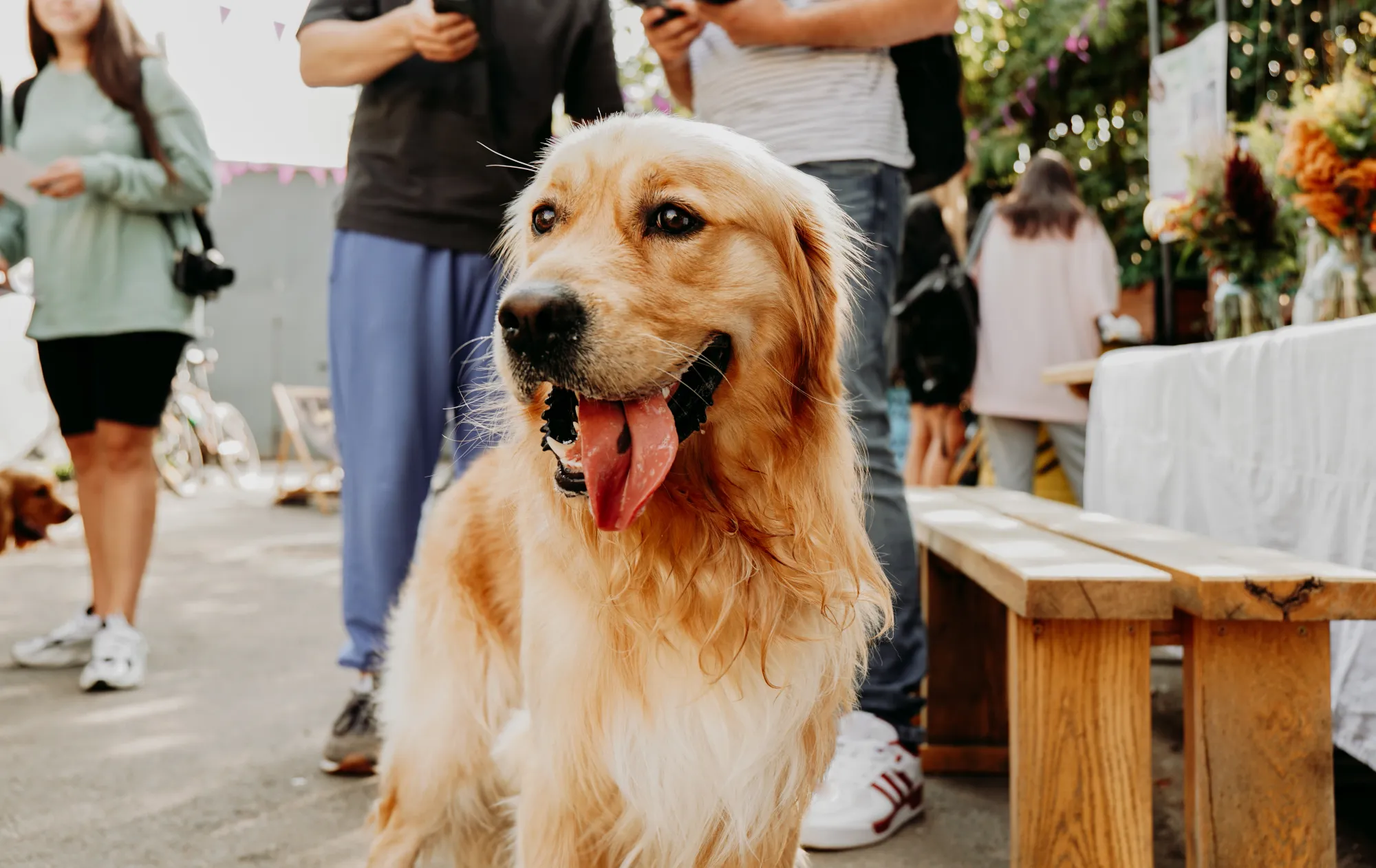
Physical Affection and Attention
Dogs are social creatures and require physical affection and attention from their owners. Petting, cuddling, and playing are all ways to show your dog that you care. It is important to recognize when your dog is seeking attention and respond accordingly. Signs that your dog may want attention include pawing at you, nudging you, or barking.
However, it is also important to respect your dog's boundaries and not force physical affection if they are not comfortable with it. Some dogs may prefer to have their own space and may show signs of discomfort, such as growling or backing away, when forced into physical affection.
Understanding Separation Anxiety
Separation anxiety is a common issue for many dogs and can cause them to become anxious or distressed when left alone. Signs of separation anxiety may include excessive barking, destructive behavior, or inappropriate elimination.
It is important for owners to understand and address separation anxiety in their dogs. This may involve gradually increasing the amount of time the dog is left alone, providing them with toys or treats to keep them occupied, or seeking professional help from a veterinarian or dog behaviorist.
Consulting a Veterinarian
Regular visits to the veterinarian are important for maintaining your dog's health and well-being. In addition to routine check-ups and vaccinations, veterinarians can provide guidance on issues such as nutrition, exercise, and behavior.
If you notice any changes in your dog's behavior or health, it is important to consult with a veterinarian. They can help diagnose and treat any underlying medical conditions and provide advice on how to address behavioral issues.
Dog's Social Behavior and Loyalty
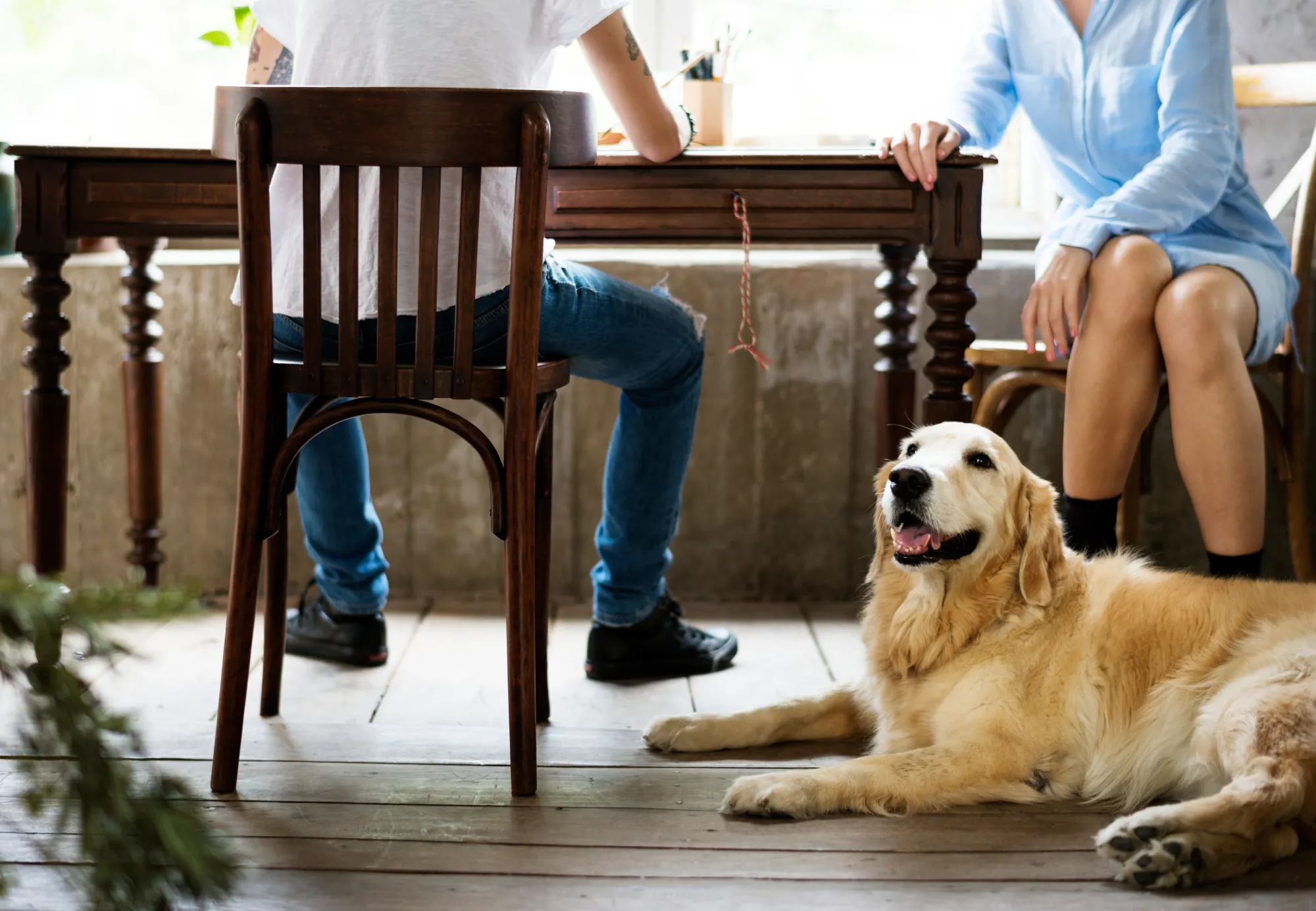
Dogs are known for their social behavior and loyalty towards their owners. They are pack animals and have a natural instinct to follow the leader of the pack, which in this case, is their owner. This instinct of following and protecting their owner is deeply ingrained in their behavior.
Following and Protecting
Dogs are known for following their owners wherever they go. They like to be close to their owners and feel secure in their presence. They have a strong sense of loyalty towards their owners and will do anything to protect them. Dogs have been known to put themselves in harm's way to protect their owners from danger.
Greeting and Showing Affection
Dogs are also known for their affectionate behavior towards their owners. They greet their owners with wagging tails and licks on the face. They show their affection in various ways, such as cuddling, licking, and nuzzling. Dogs also have a strong sense of empathy and can sense when their owners are feeling down or upset. They will try to comfort their owners in any way they can.
In conclusion, dogs have a strong sense of loyalty towards their owners and are known for their social behavior and affectionate nature. They are always there to follow, protect, greet, and show affection to their owners.
Miscellaneous Factors Affecting Dog's Preferences
Scent and Breed Specifics
Dogs have a keen sense of smell and are often attracted to people who smell familiar or have similar scents to their own. This is why it's not uncommon for a dog to have a favorite human who they spend more time with or seek out for affection. Additionally, certain breeds may be more drawn to specific scents or personalities. For example, a hunting breed may be more inclined to favor a human who enjoys outdoor activities and has a strong scent of nature.
The Concept of Playing Favorites
While it's natural for a dog to have a favorite human, it's important to remember that dogs are social creatures who enjoy spending time with a variety of people and animals. Dogs may show favoritism towards one person in particular, but this doesn't mean they don't love or appreciate other humans in their lives. It's also important to note that a dog's preferences can change over time based on their experiences and interactions with different people.
Overall, while scent and breed specifics may play a role in a dog's preferences, it's important to remember that each dog is unique and may have their own reasons for favoring a certain human. It's important to provide love and attention to all dogs in your life and not take it personally if they seem to prefer someone else.
Enhancing the Human-Dog Relationship
Dogs are known for their loyalty and affection towards their owners. However, the bond between a human and their dog can be strengthened through various methods. Here are some ways to enhance the human-dog relationship:
Pampering and Care
One way to strengthen the bond between a human and their dog is through pampering and care. This includes regular grooming, exercise, and providing a healthy diet. Grooming not only ensures that the dog looks and smells good, but it also helps to maintain their physical health. Exercise is also important for a dog's physical and mental well-being. Providing a healthy diet is crucial to a dog's overall health and can help prevent illnesses.

Finding Common Ground
Finding common ground is another way to enhance the human-dog relationship. This involves understanding the dog's behavior and personality. Owners should learn to read their dog's body language and understand their likes and dislikes. This can help the owner to tailor their interactions with the dog and create a more positive experience. Finding activities that both the owner and dog enjoy, such as playing fetch or going for a walk, can also help to strengthen the bond between them.
Research and Understanding
Research and understanding are also important in enhancing the human-dog relationship. Owners should educate themselves on their dog's breed and any specific needs or behaviors associated with it. This can help the owner to better understand their dog and provide the appropriate care and attention. Additionally, understanding the science behind dog behavior can help the owner to communicate with their dog more effectively.
By pampering and caring for their dog, finding common ground, and educating themselves, owners can enhance their relationship with their furry friend. These methods can help to create a stronger bond and a more positive experience for both the owner and the dog.
Frequently Asked Questions (FAQs)
- What are the signs that a dog has imprinted on an individual?
- Dogs that have imprinted on an individual will often follow them around, seek out their attention, and become anxious when they are not around. They may also display signs of separation anxiety when separated from their preferred human.
- How can you tell if you are your dog's preferred human?
- If your dog greets you with excitement, follows you around, and seeks out your attention, you are likely their preferred human. Additionally, if your dog prefers to sleep with you and cuddle with you over other members of the household, this is a strong indication that they have a strong bond with you.
- Why might a dog choose to sleep with one particular person over others?
- Dogs may choose to sleep with one particular person over others due to a variety of factors, including the person's scent, the level of comfort they provide, and the level of attention and affection they give to the dog.
- Is it possible for a dog to have more than one person they are bonded with?
- Yes, it is possible for a dog to have more than one person they are bonded with. Dogs are social animals and are capable of forming strong bonds with multiple individuals, although they may have a preferred human that they bond with the most.
- What factors influence a dog's choice of their favorite person?
- Factors that may influence a dog's choice of their favorite person include the amount of attention and affection they receive from that person, the level of comfort and security they feel around that person, and the person's scent and body language.
- Can a dog's preference for a particular human change over time?
- Yes, a dog's preference for a particular human can change over time. This may be due to changes in the dog's environment, changes in the human's behavior or availability, or simply due to the dog's evolving personality and preferences.




